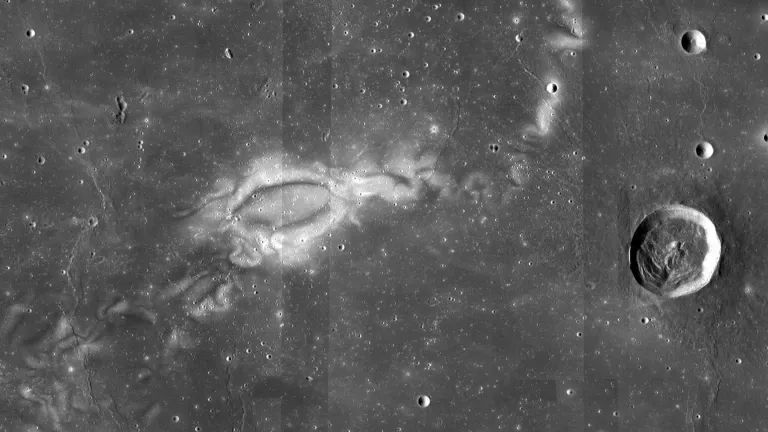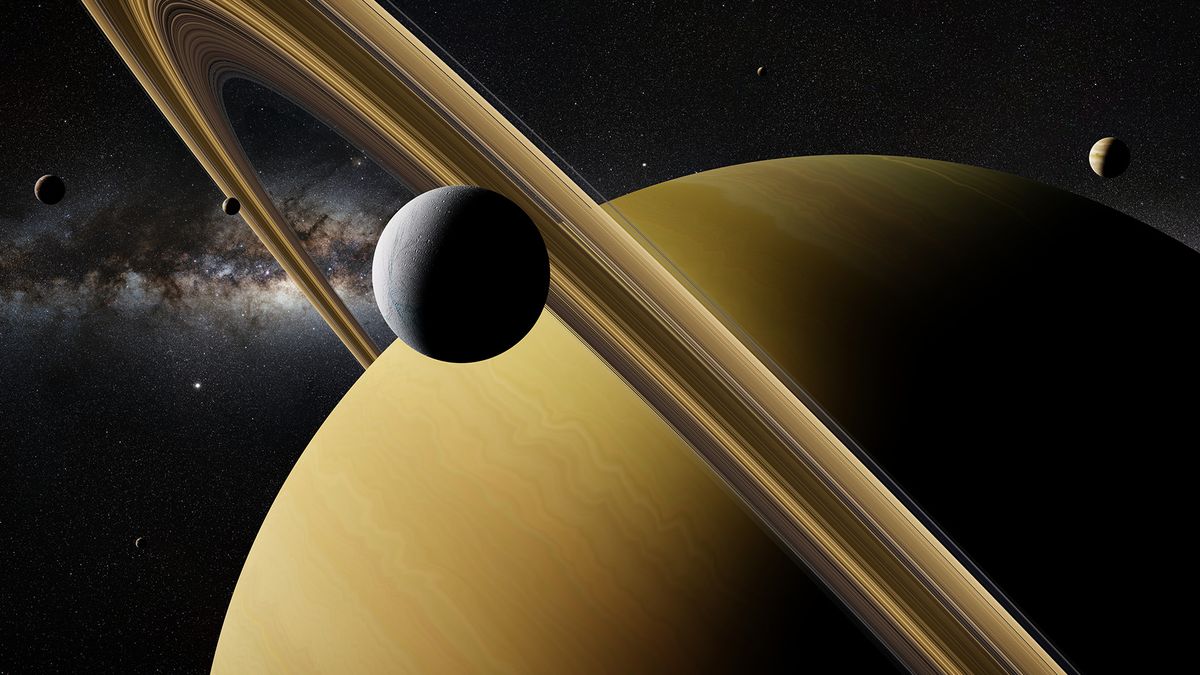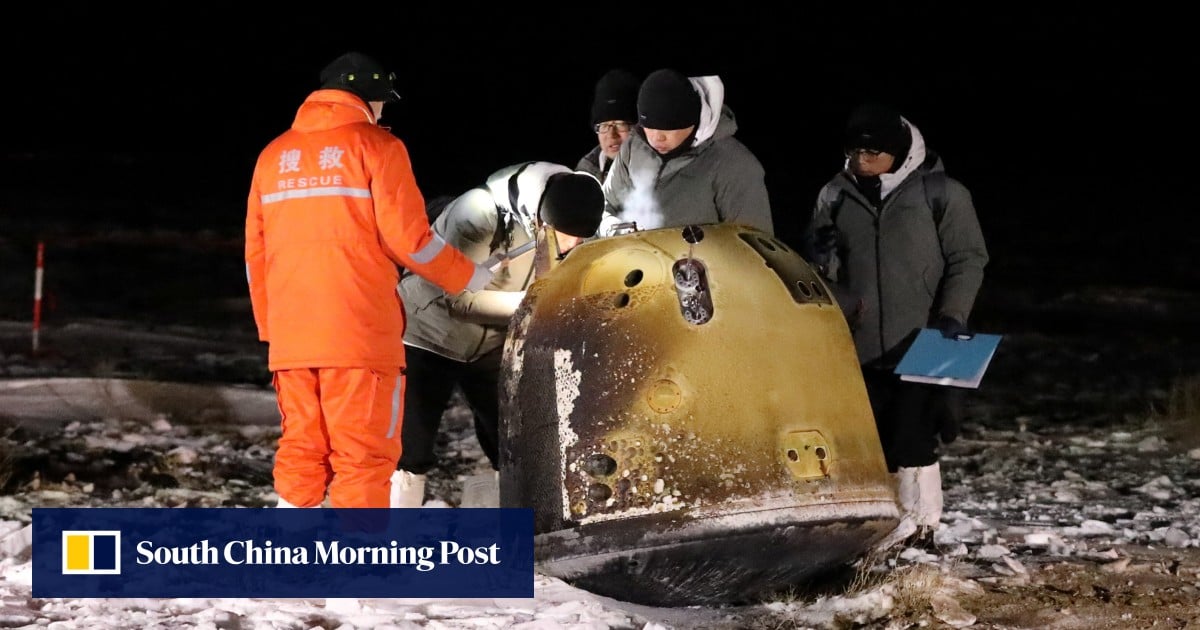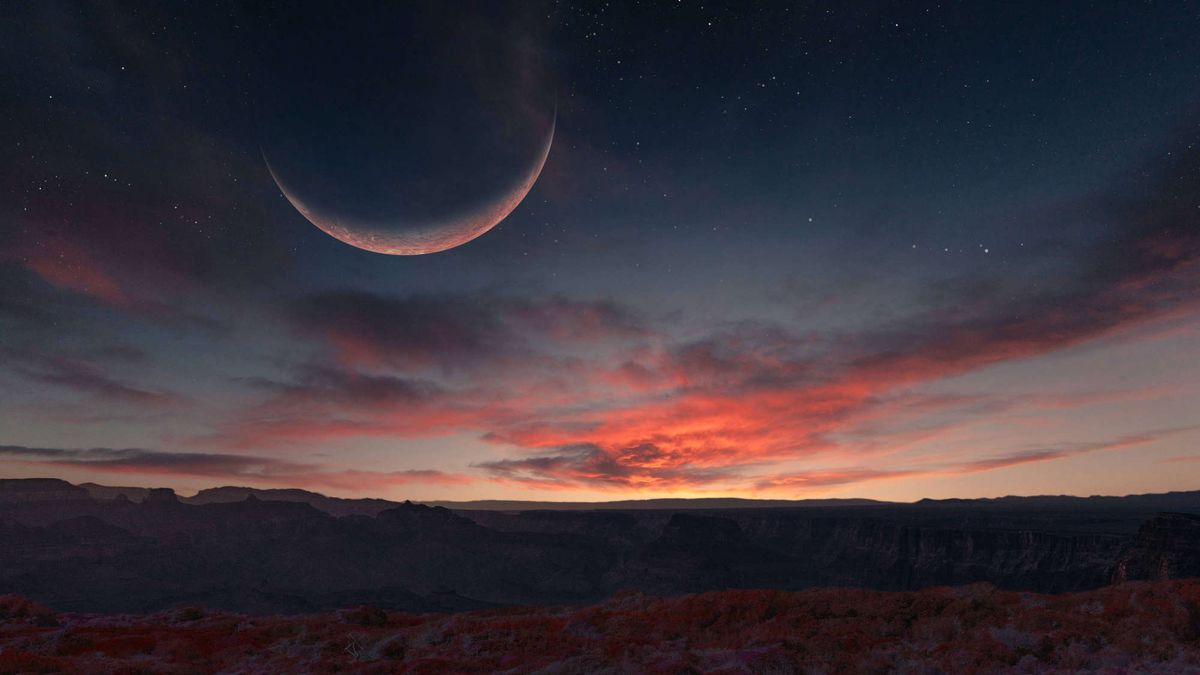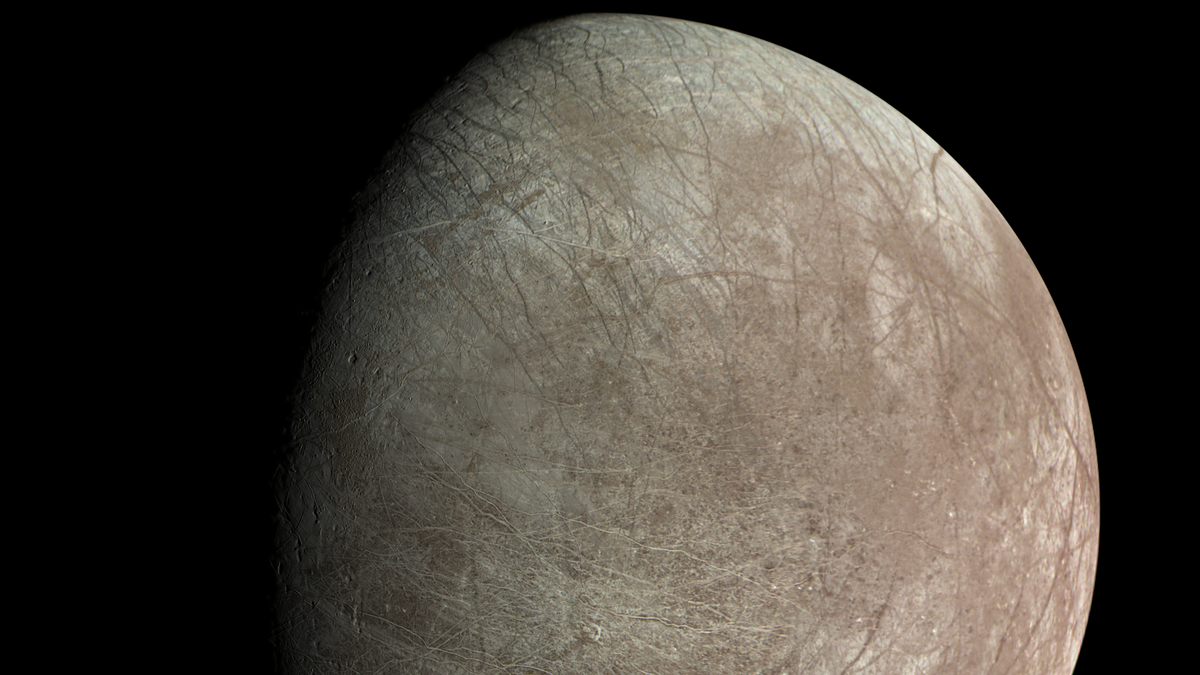Beneath the moon’s surface, magnetized lava can create ‘lunar vortices’
New research suggests that mysterious swirl patterns on the lunar surface may be linked to subsurface magma activity. The “lunar vortices“observed on the moon show a spiral pattern created by magnetized rocks that deflect or redirect the waves solar wind particles that constantly bombard the moon. Moon rocks that fall within the lunar vortices remain … Read more
